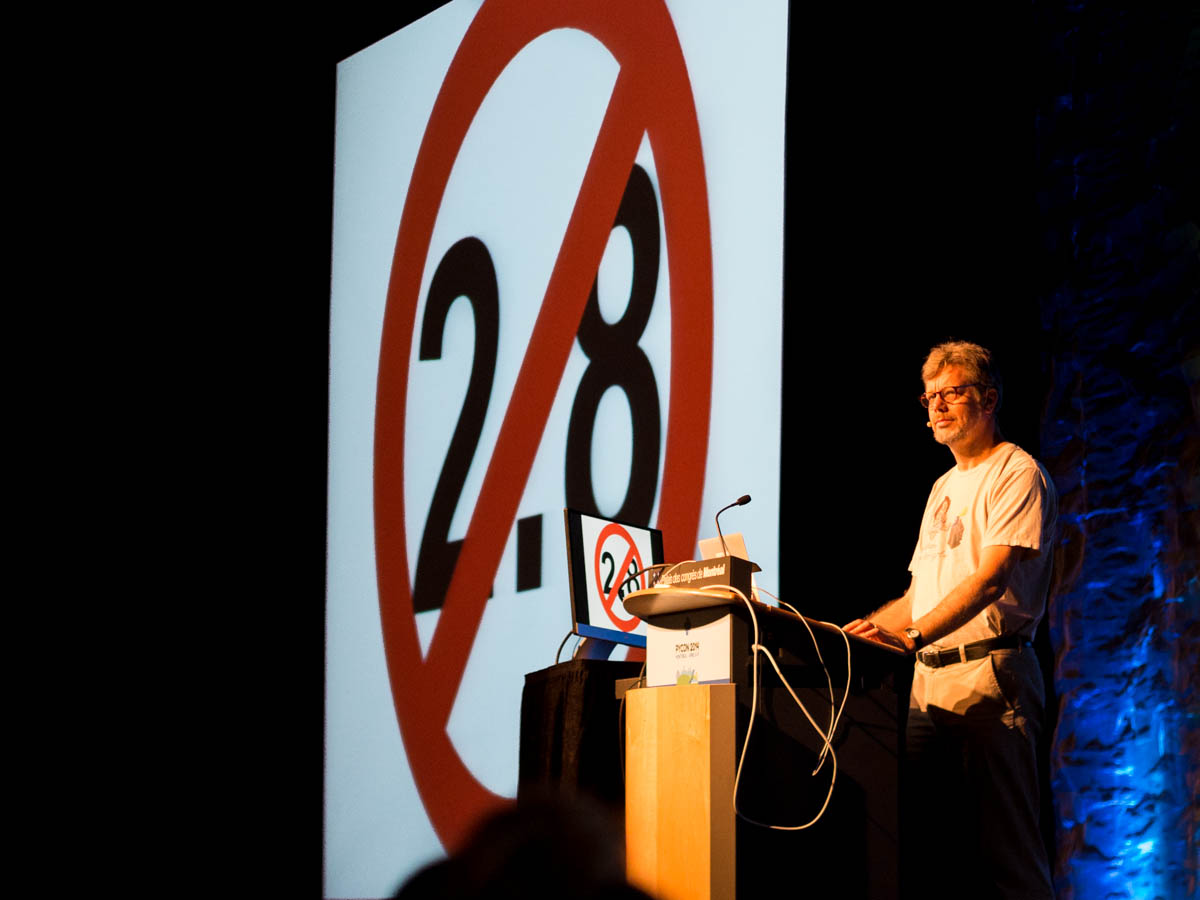

For your bullet points:
- Yeah, GNOME can be flakey with extensions. Almost no regular users will install extensions though. Windows also has tons of bugs and issues that users just ignore because it’s the “default”
- Regular users won’t care about desktop scaling. I’ve seen people using the blurriest, weirdest aspect ratios on Windows because they liked it that way
- Bluetooth sucks on all hardware and with all software, to various degrees.
- Syncing files is trivial with Syncthing
- MacOS keeps breaking my coworker’s setups with every update.
GPU issues can be hard, but that’s not really Linux’s fault. There’s a reason this image exists of Linus giving nvidia the middle finger:

That being said, it’s getting better. As of this year, nvidia has started putting some real effort into making things work with wayland.
EDIT: I’ve found nirvana with NixOS, speaking of GPU drivers. I just add a few lines to /etc/nixos/configuration.nix and it goes off and ensures that the nvidia drivers are present. I also run lots of CUDA stuff on top of that and it all works about as seamlessly as possible.







I’d be careful of pushing the narrative about computers not being a good choice for regular users. I’m going to channel a bit of Stallman and say that that’s how we end up without The Right To Read